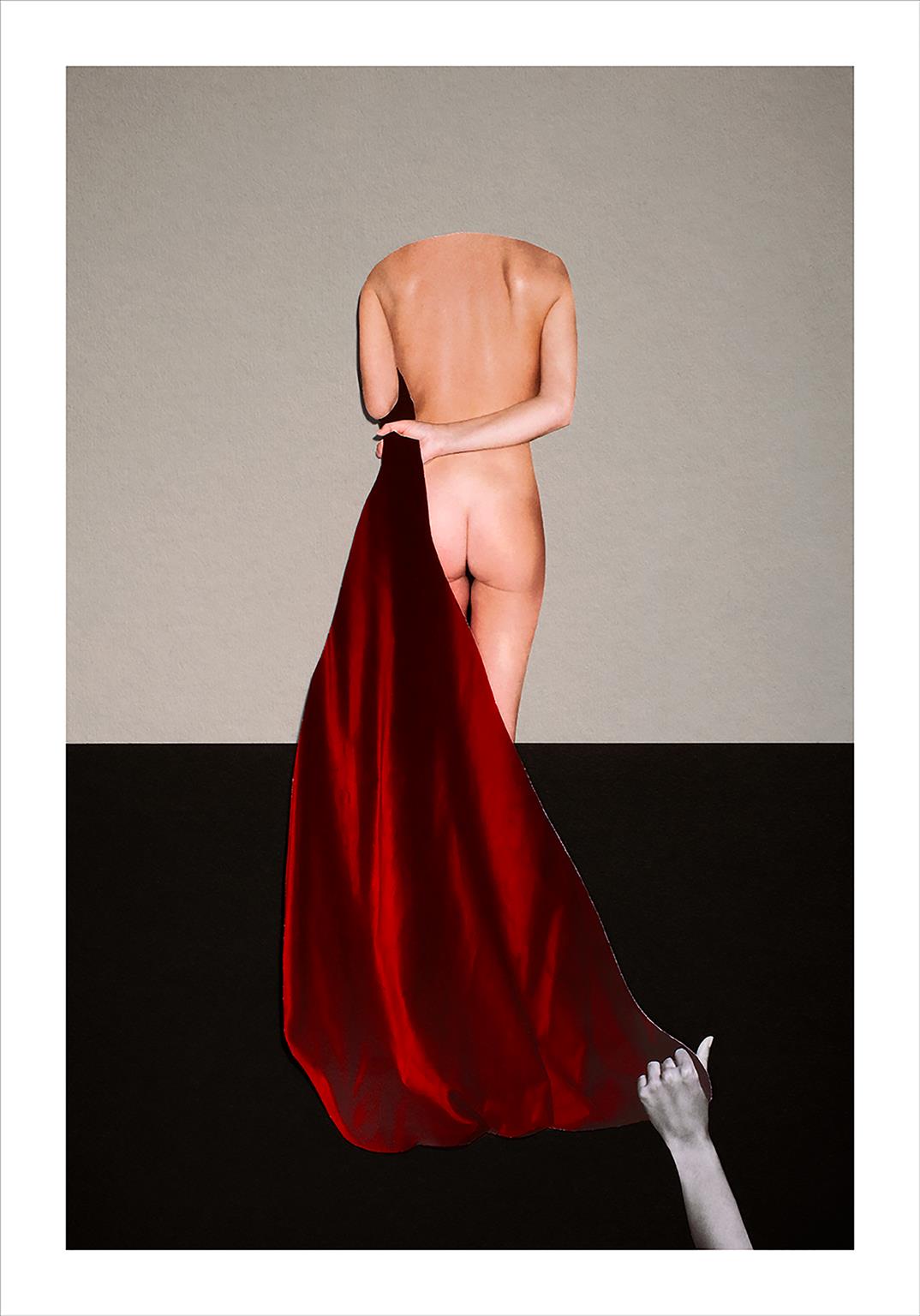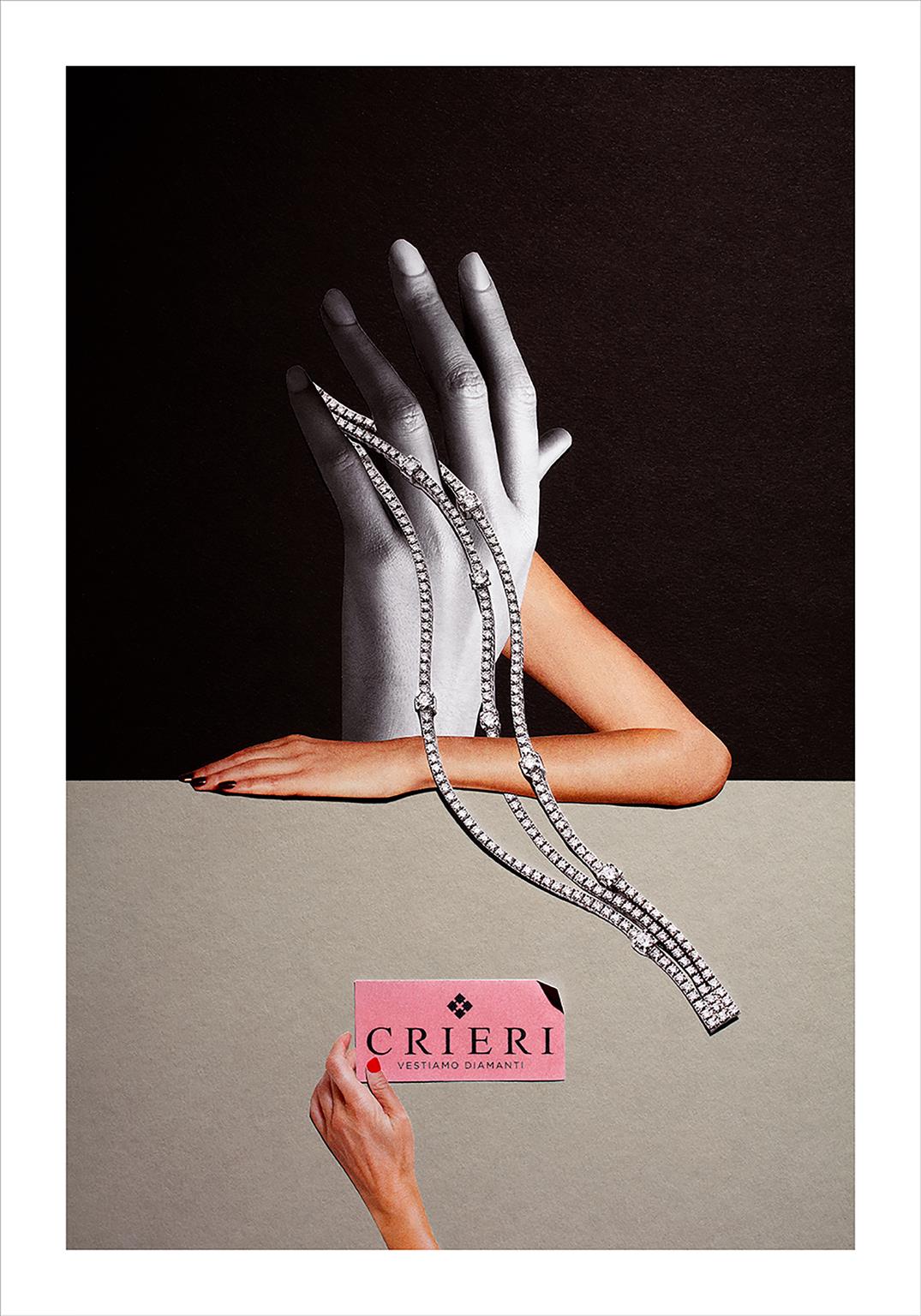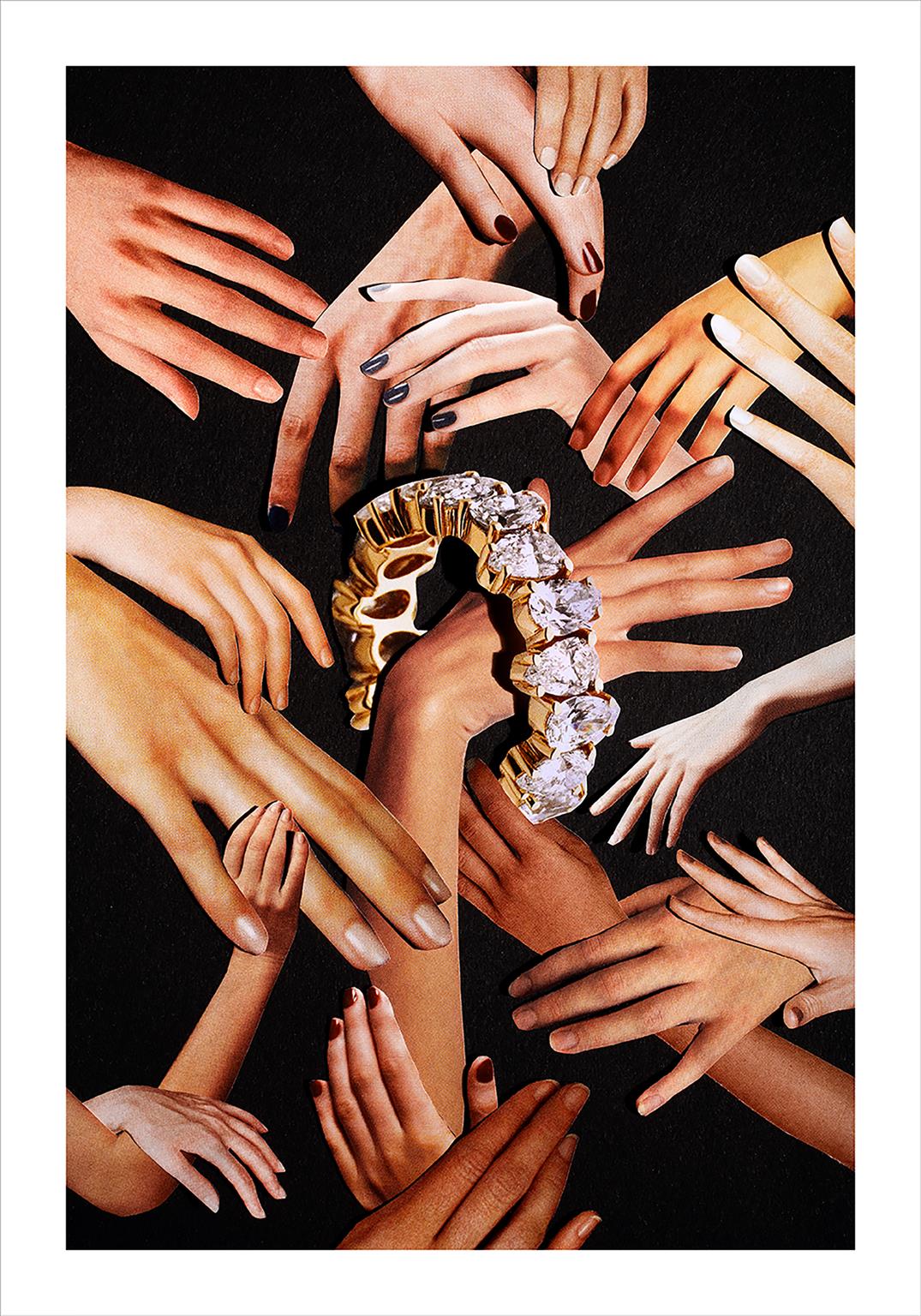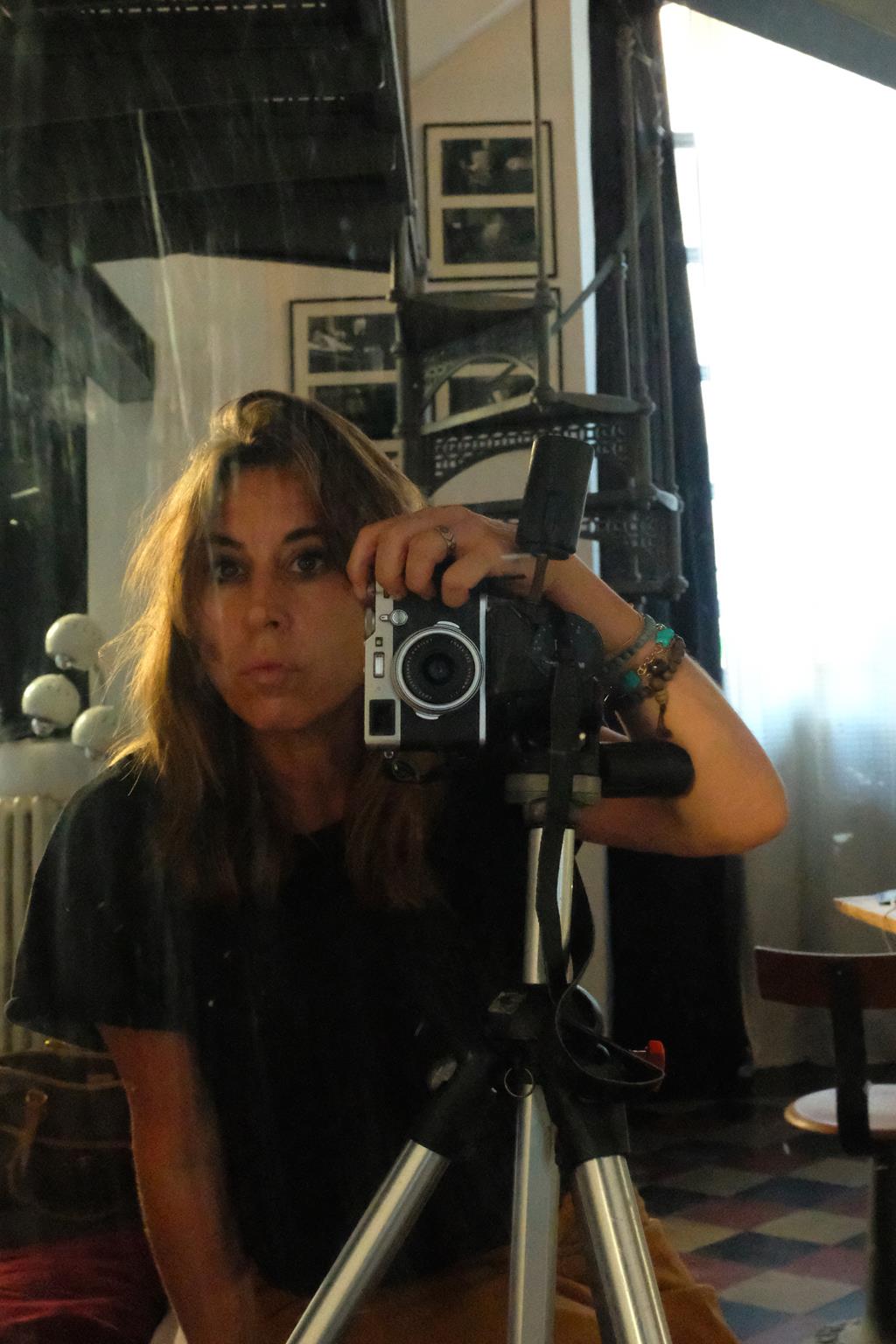So even as a child, did you imagine yourself as a photographer? Definitely I was very attracted to images, so I chose a school that offered communication subjects, such as film, photography, advertising graphics, etc…. Attending school, I then realized that my path was photography:from the time I was 15 years old, I had no doubts about this.
If you wonder. o what photography means to you or how do you feel when you have a camera in your hands, what do you say? It is very easy for me to answer this question, When I hold a camera in my hand. non I never look at the clock, whether it’s for work or whether it was for study years ago. When I am involved in a project, I really feel “at home.”Now that I work more on my personal projects, space and time cancel out, and that makes me feel that I am just in the right place for me.

How has your work as a photographer evolved over time? I started working with view camera and film, and today we shoot digitally, so I’ve seen a lot of changes on a technical level. In addition to the technical evolution, there has been my own evolution over the years. In the beginning the dream was to be able to support myself doing what I love, doing creative projects. Over time I have grown and my creative contribution to the work has become more and more important and instrumental. Now in fact I am less and less interested in making ready-made layouts, but prefer to work from the idea, although to do this there has to be the right space in the context of the project.




